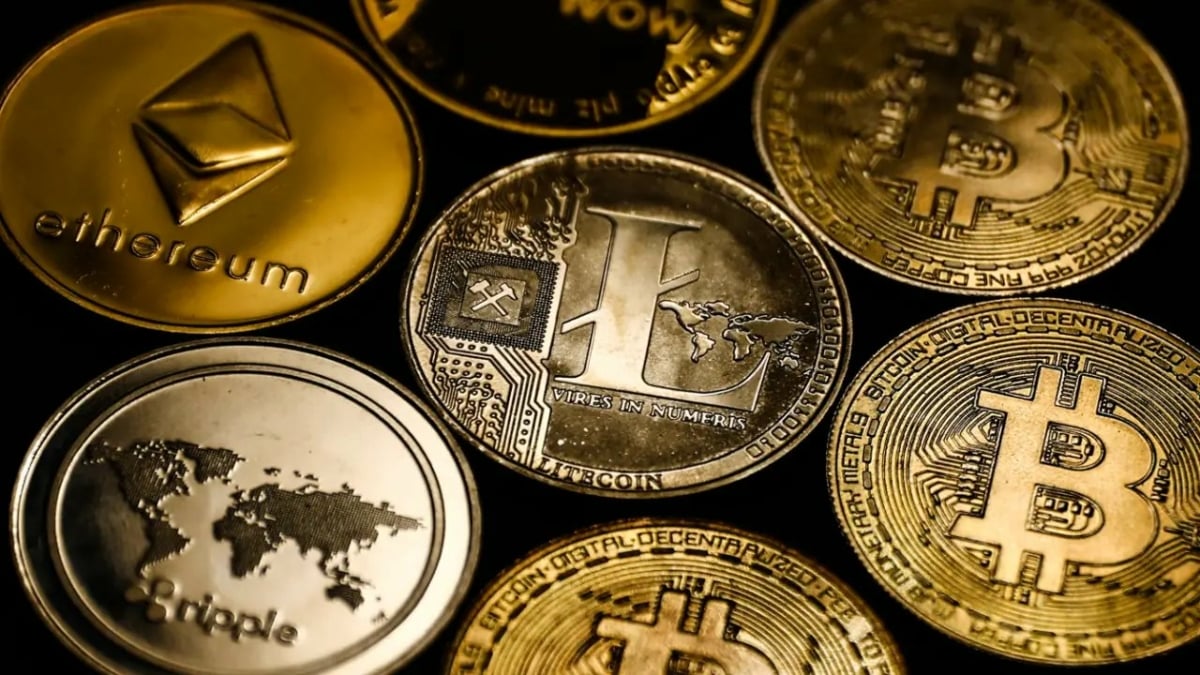Born on Ethereum, DeFi has (and is) disrupting traditional finance.
But with the rapid expansion of blockchain ecosystems, the question arises:
Will Ethereum regain its dominance, or are we heading into a future where multiple blockchains share the DeFi throne?
Let’s dive right in.
Ethereum (ETH): The Dominant Player
Despite high fees and network congestion, Ethereum is still the backbone of most DeFi projects.

The introduction of layer-2 scaling solutions like Optimism and Arbitrum, alongside Ethereum 2.0’s transition to Proof of Stake (PoS), is aimed at addressing these issues.
This combination could help Ethereum maintain its dominance as the go-to blockchain for decentralized applications (dApps) and smart contracts.
As it stands today, Ethereum could serve the same role as the New York Stock Exchange (NYSE) in traditional finance, being the primary hub for sophisticated financial products while other blockchains fill niche roles.
Ethereum is currently trading at $2,644 and remains the cornerstone of the DeFi ecosystem. After bouncing off the $2,500 support zone, Ethereum is now testing resistance at $2,700.
The long-term technical outlook is bullish, with analysts expecting a move higher if this key resistance is broken.
Solana (SOL): The Speed Demon
Known for its incredibly fast transactions and minimal fees, Solana has gained popularity as an alternative to Ethereum, especially for DeFi projects that require high throughput.
Solana could be the high-frequency trading platform of the DeFi world, handling large volumes of small, quick transactions—similar to how HFT firms operate in traditional financial markets.
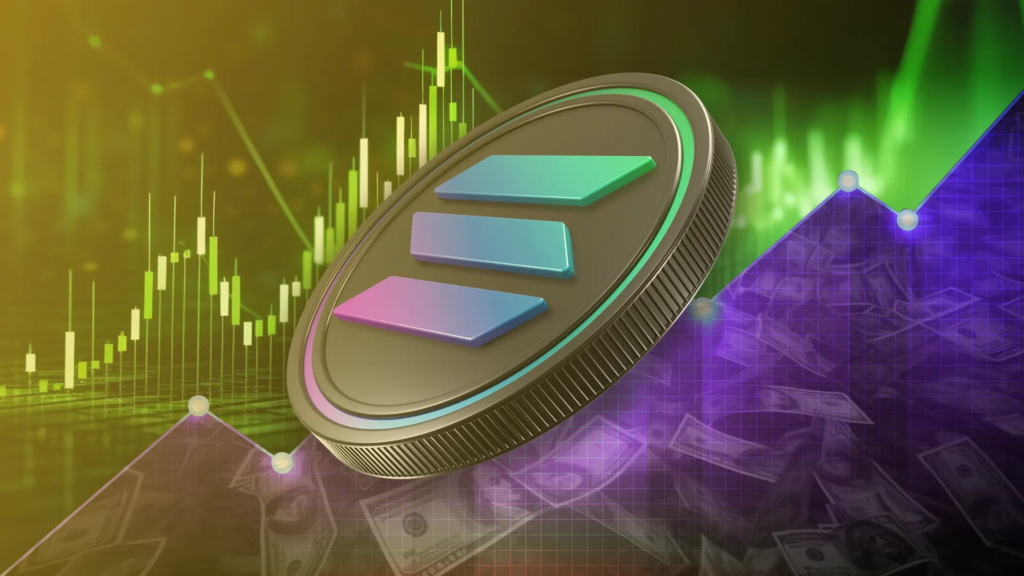
While Solana has faced network outages in the past, its speed and low costs still make it a strong contender for a major role in DeFi.
The recent price action and ecosystem developments suggest that Solana could continue to grow in the DeFi space, especially for applications that need rapid transaction speeds.
Solana is currently priced at $154.47 after a recent breakout above its 200-day moving average and is now testing support around $145, with a bullish target toward $163 if the trend continues.
BNB: The Low-Fee Powerhouse
The BNB chain is favored for its low fees and fast transaction times, making it a popular choice for retail DeFi traders and smaller projects.
The BNB Smart Chain may not be as decentralized as Ethereum, but its affordability and accessibility have made it a dominant player for DeFi platforms like PancakeSwap.
BNB remains a crucial asset for traders who want to participate in DeFi without the higher costs associated with Ethereum.
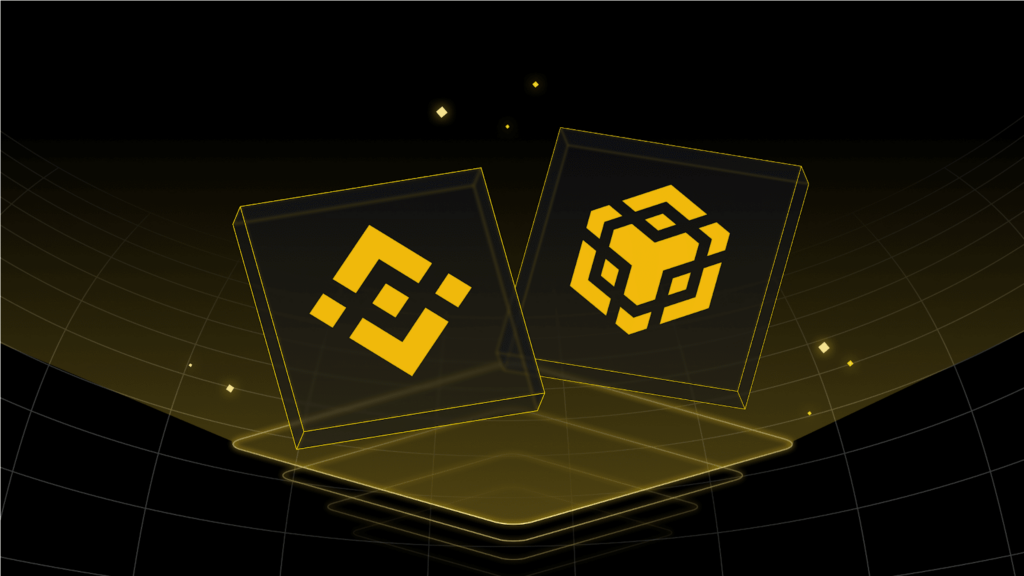
BNB could be likened to Robinhood, providing low-cost access to financial services for retail traders who might be priced out of other platforms.
BNB, the native token of BNB Smart Chain, is trading at $600.70. BNB has seen strong momentum, currently facing resistance near $620. A breakout above this level could signal further gains.
Avalanche (AVAX): The Scaling Solution
Avalanche could evolve into the SWIFT network of DeFi, acting as a backbone for cross-chain transactions, enabling smooth communication and interoperability across different blockchain ecosystems.
Avalanche’s architecture—using three distinct blockchains for different tasks—makes it a highly scalable and versatile platform for decentralized applications and enterprise use cases.
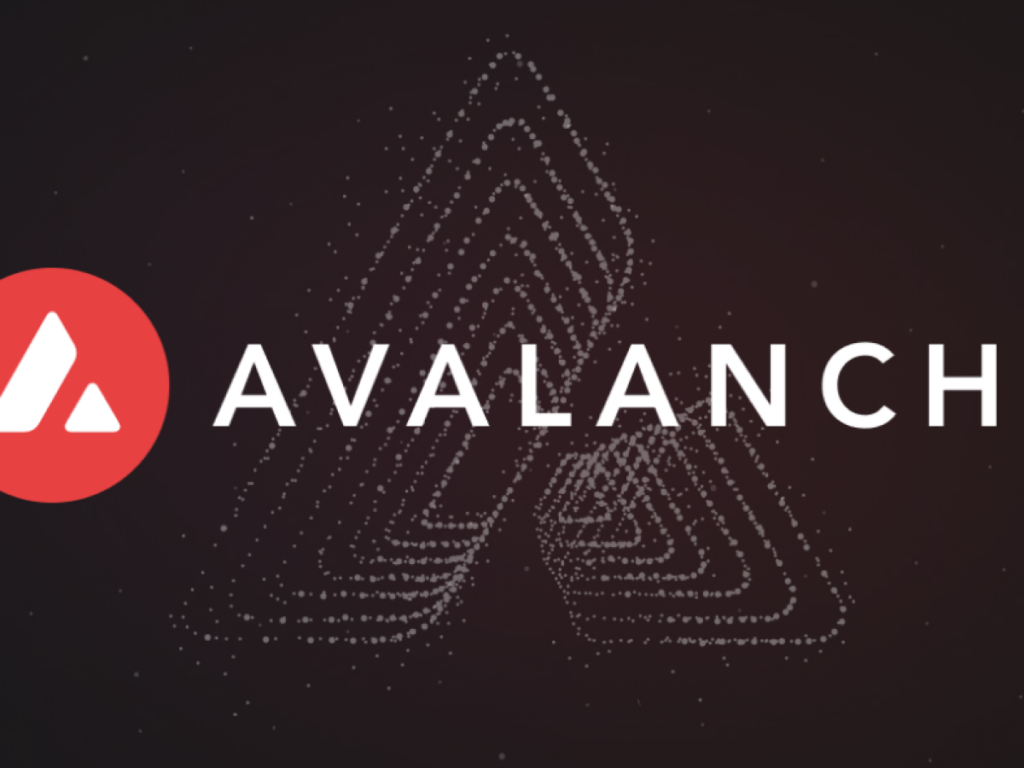
With partnerships in areas like enterprise blockchain solutions and its growing DeFi ecosystem, Avalanche is well-positioned for future growth. Its focus on cross-chain interoperability could be a major catalyst for adoption in the coming years.
Avalanche is priced at $27.67 and is showing signs of consolidation, with potential upside if it breaks above the $30 level.
The Future of DeFi: A 20-Year Outlook
Over the next two decades, DeFi could radically transform how financial services are delivered, effectively democratizing finance.
How?
- Decentralized Banks: DeFi protocols like Aave and Compound already offer peer-to-peer lending and borrowing services without intermediaries. As these platforms mature, they could evolve into full-fledged decentralized banks, providing everything from loans to insurance, entirely on the blockchain.
- Tokenization of Real-World Assets: We are already seeing the tokenization of real-world assets like real estate and artwork. In the future, everything from stocks to physical assets could be traded 24/7 on decentralized platforms, providing liquidity to traditionally illiquid markets.
- Global Accessibility: One of DeFi’s biggest promises is its potential to provide financial services to the unbanked. With nothing more than an internet connection, anyone from anywhere in the world could access loans, savings accounts, or investment opportunities, bypassing traditional financial institutions and government controls.
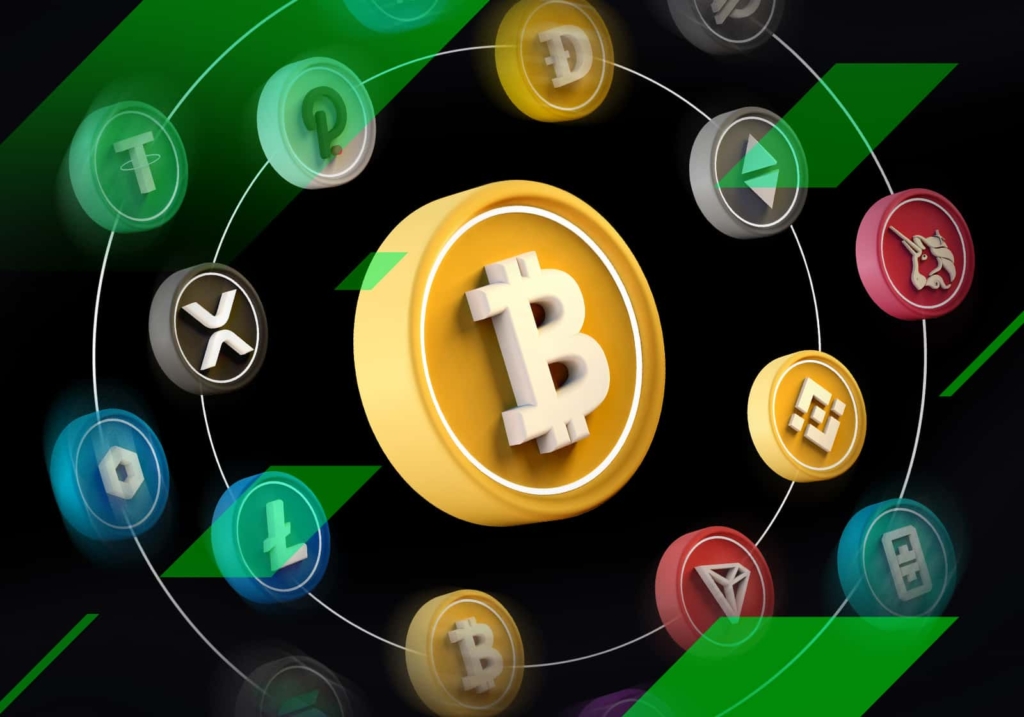
- Cross-Chain Interoperability: In the long term, DeFi will likely evolve into a multi-chain ecosystem where assets can seamlessly flow across different blockchains. Projects like Polkadot and Cosmos are already working on this, and as cross-chain solutions improve, the need for centralized financial systems could diminish further.
- Competition with TradFi: Traditional financial institutions will need to adapt to DeFi’s rise. Already, we’re seeing major banks and asset managers experimenting with blockchain technology and DeFi protocols. Over time, TradFi could adopt more decentralized models, leading to a hybrid financial system that combines the best of both worlds.
DeFi is already changing the landscape of finance, and it’s only getting started.
Whether Ethereum reclaims full dominance or the ecosystem remains multi-chain, the next 20 years will see the continued evolution of decentralized finance.
What’s clear is that DeFi’s permissionless, transparent, and borderless nature offers a powerful alternative to the legacy financial systems that many feel have left them behind.
And in my opinion, DeFi is here to stay. And it can’t replace TradFi fast enough!

